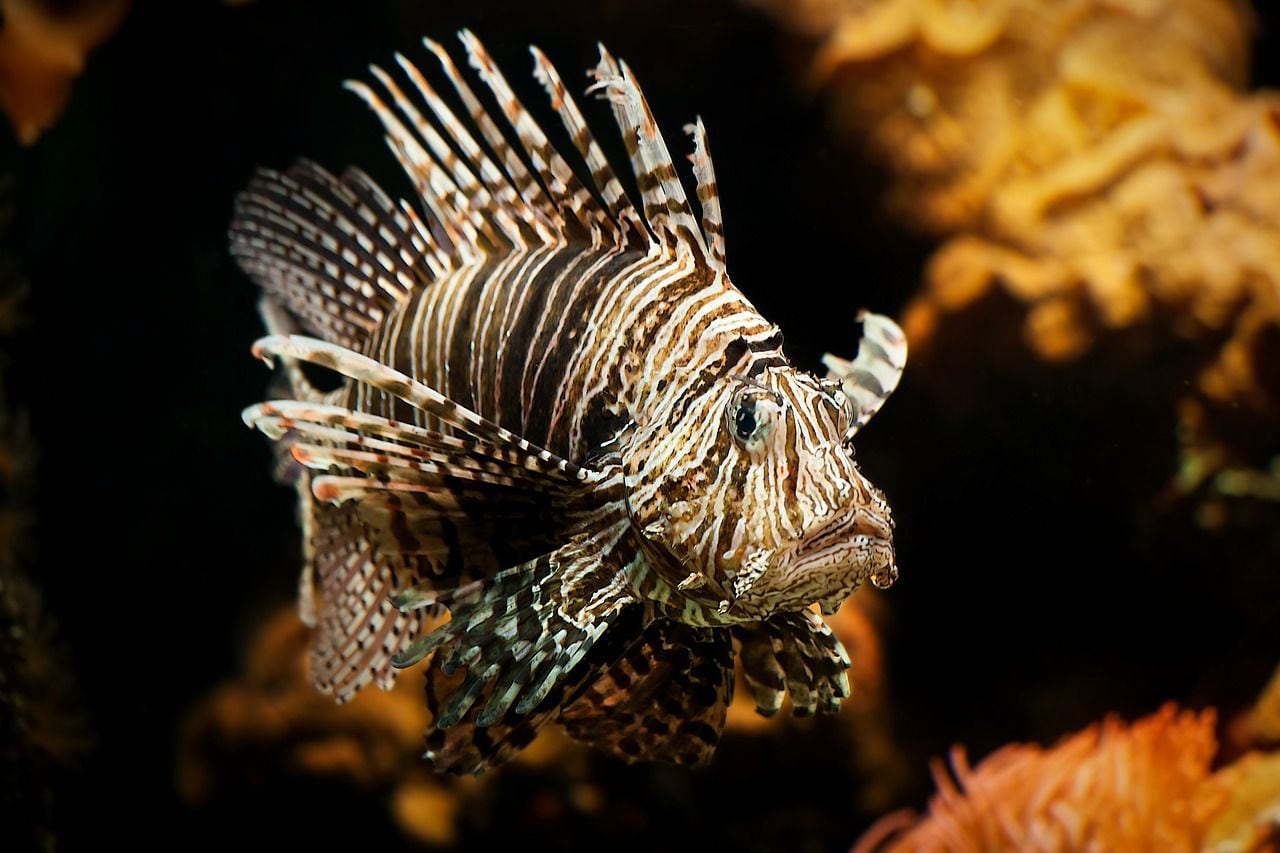
This Friday, March 25, the Ministry of Environment confirmed, through a resolution, that the hippo (Hipopotamus amphibius) was included in the list of invasive alien species in Colombia.
The declaration comes after the recommendation of the National Technical Committee on Invasive Introduced and/or Transplanted Species, and received input from academics, experts and former ministers of the sector. In addition, this announcement allows the entities of the National Environmental System (SINA) to define measures for the prevention, control and management of this species in the country.
“This is an important step in advancing an immediate action plan to address the situation generated by the presence of hippos in Colombia, which have had impacts on our ecosystems and key species. From today we will start a strong coordination and action work with the SINA entities, experts and communities. Our priority is the protection of human life and the conservation of biodiversity,” said Environment Minister Carlos Eduardo Correa.
The administrative act modifies Article 1 of Resolution 848 of May 23, 2008, in the sense that it adds Hippopotamus amphibius to the list of invasive alien species. This, according to the ministry, also prohibits the commercialization, mobilization, promotion, possession, reproduction, propagation, for any purpose, of this species.
To begin with, it is necessary to clarify that invasive species are all those animals, plants and other organisms that develop outside their natural habitat, resulting in alterations and damage to ecosystems. Due to their easy adaptation to new environments and their rapid reproduction, they act as predators and competitors of native species.
In many cases, disorder occurs because humans transport these specimens from other countries and, when they settle in other territories, they end up becoming invasive alien species.
That was the case with the hippos, which were introduced to the country 40 years ago when the late drug trafficker, Pablo Escobar, brought them from Africa. Initially, they were in the Middle Magdalena, but the authorities' concern grew as they showed that they have been spreading to the Momposina Depression.
According to Colombia's Biodiversity Information System (SiB), there are 506 species in the country classified as introduced, invasive or transplanted, of which 23 — adding to the hippo — have been officially recognized under resolutions 848 of 2008, 207 of 2010 and 654 of 2011, of the Ministry of Environment.

Although many of them are little known, there are many others that do distinguish more easily, such as the case of land snails, trout, tilapia or lionfish, to name a few examples. The bullfrog is another animal that has been introduced to the country, from the United States, and that has threatened some ecosystems, eating birds, turtles, snakes and arachnids.
It should be noted that species such as tilapia, rainbow trout or thorny retamo were introduced to the country with economic objectives: fish, due to their value for food production, and broom, as a component for live fences.
Here is the complete list of invasive species in Colombia:
INVERTEBRADOS:
FISH:
ANFIBIOS:
FLORA:

KEEP READING:
Últimas Noticias
Debanhi Escobar: they secured the motel where she was found lifeless in a cistern
Members of the Specialized Prosecutor's Office in Nuevo León secured the Nueva Castilla Motel as part of the investigations into the case

The oldest person in the world died at the age of 119
Kane Tanaka lived in Japan. She was born six months earlier than George Orwell, the same year that the Wright brothers first flew, and Marie Curie became the first woman to win a Nobel Prize

Macabre find in CDMX: they left a body bagged and tied in a taxi
The body was left in the back seats of the car. It was covered with black bags and tied with industrial tape
The eagles of America will face Manchester City in a duel of legends. Here are the details
The top Mexican football champion will play a match with Pep Guardiola's squad in the Lone Star Cup

Why is it good to bring dogs out to know the world when they are puppies
A so-called protection against the spread of diseases threatens the integral development of dogs




